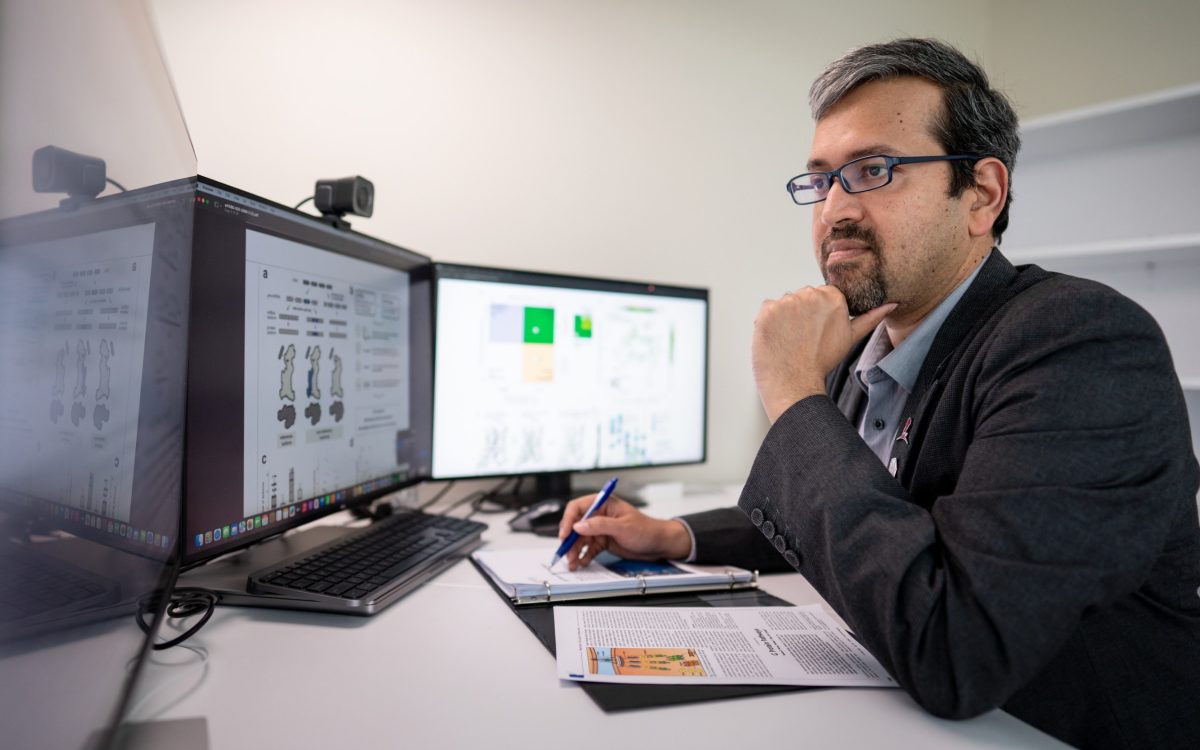
Corresponding author M. Madan Babu, Ph.D. of St. Jude Department of Structural Biology.
The influenza (flu) virus is constantly undergoing a process of evolution and adaptation through acquiring new mutations. Scientists at St. Jude Children's Research Hospital have added a new layer of understanding to explain why and how flu viruses change. The "survival of the accessible" model provides a complementary view to the more widely recognized "survival of the fittest" way of evolving. The work was published today in Science Advances.
Viruses undergo a rapid evolutionary flux due to constant genetic mutations. This rapid flux is why people get a flu shot every year, as we need to tackle the latest flu variant that has emerged as the dominant strain. We often see these mutations in the context of traditional evolutionary thinking, where variant fitness determines which mutated virus emerges as a dominant strain in a population. The St. Jude team investigated this theory and defined an alternative evolutionary principle, which they propose is a key driver of evolution, termed "variant accessibility."
The research, led by Alexander Gunnarsson, Ph.D., and M. Madan Babu, Ph.D., St. Jude Department of Structural Biology and Center of Excellence for Data-Driven Discovery, involved creating a model of mutational accessibility to help predict how and why specific mutations emerge in a population during viral evolution.
The unappreciated role of variant accessibility
The genomic alphabet only has four letters representing the nucleotides: (A)denosine, (T)hymine, (G)uanine, and (C)ytosine. Groups of three nucleotides within a protein-coding gene are called a codon. Codons act like a recipe for assembling proteins, encoding for a specific amino acid. Mutations occur when nucleotides are altered, for instance, during replication. This alteration leads to a different amino acid being used to make the protein. But not all mutations are equally likely to emerge, as Babu and Gunnarsson discovered.
"The process of genetic replication has inherent biases built in, such as the relative ease of an A to be mutated to a C rather than to a G," Babu explained. "This means that the pool of mutants with this A-to-C mutation is larger, and surviving variants will predominantly emerge from that particular pool, even though there may be a fitter sequence with an A-to-G mutation."
Using the influenza virus as a case study, Gunnarsson and Babu translated this concept into a mathematical model. Their model enables researchers to predict the path of future evolution based on the accessibility of a mutation. Of particular interest was exploring how specific protein sites can gain or lose the ability to be modified after acquiring a mutation. They then examined how this gain or loss influenced the protein's function.






